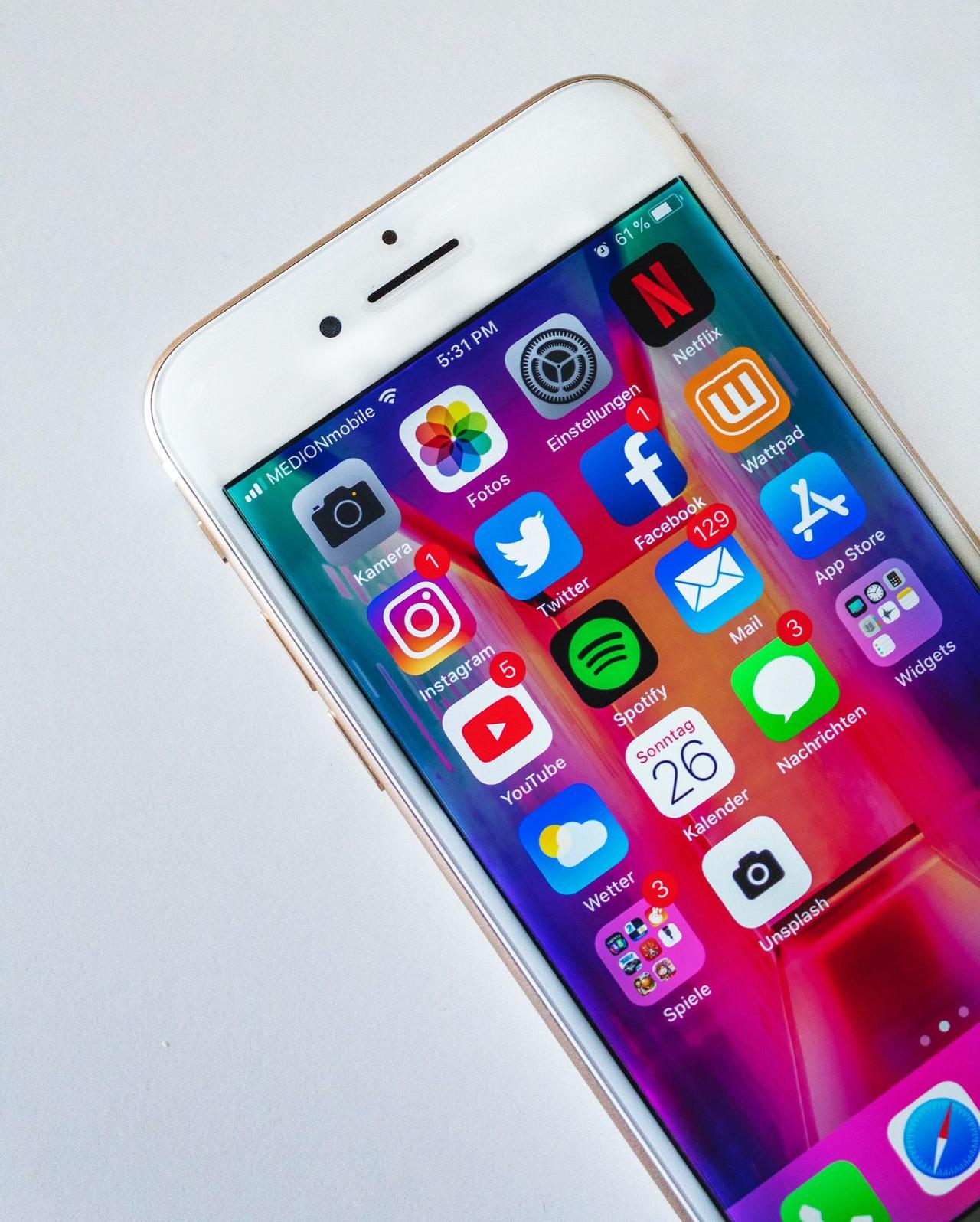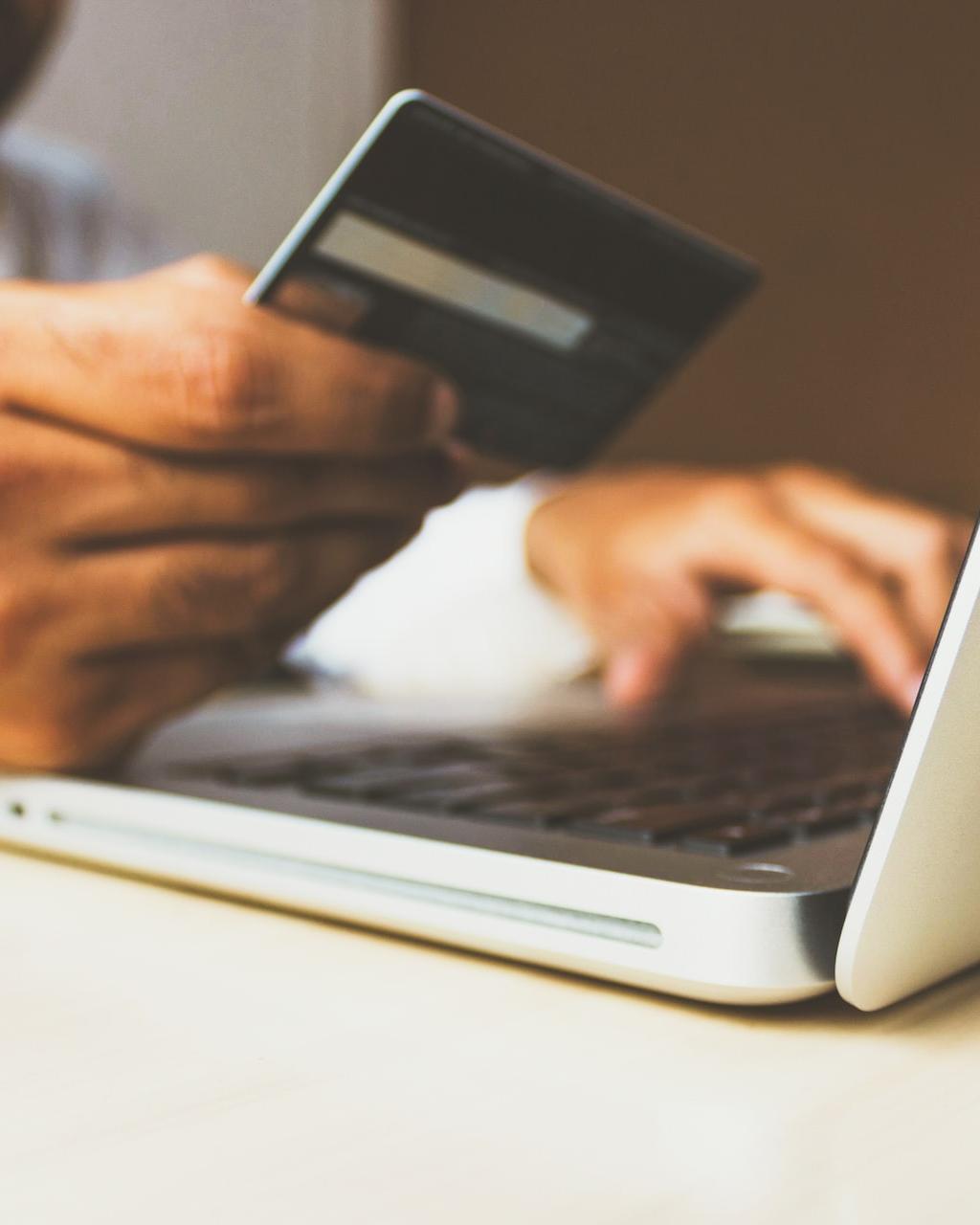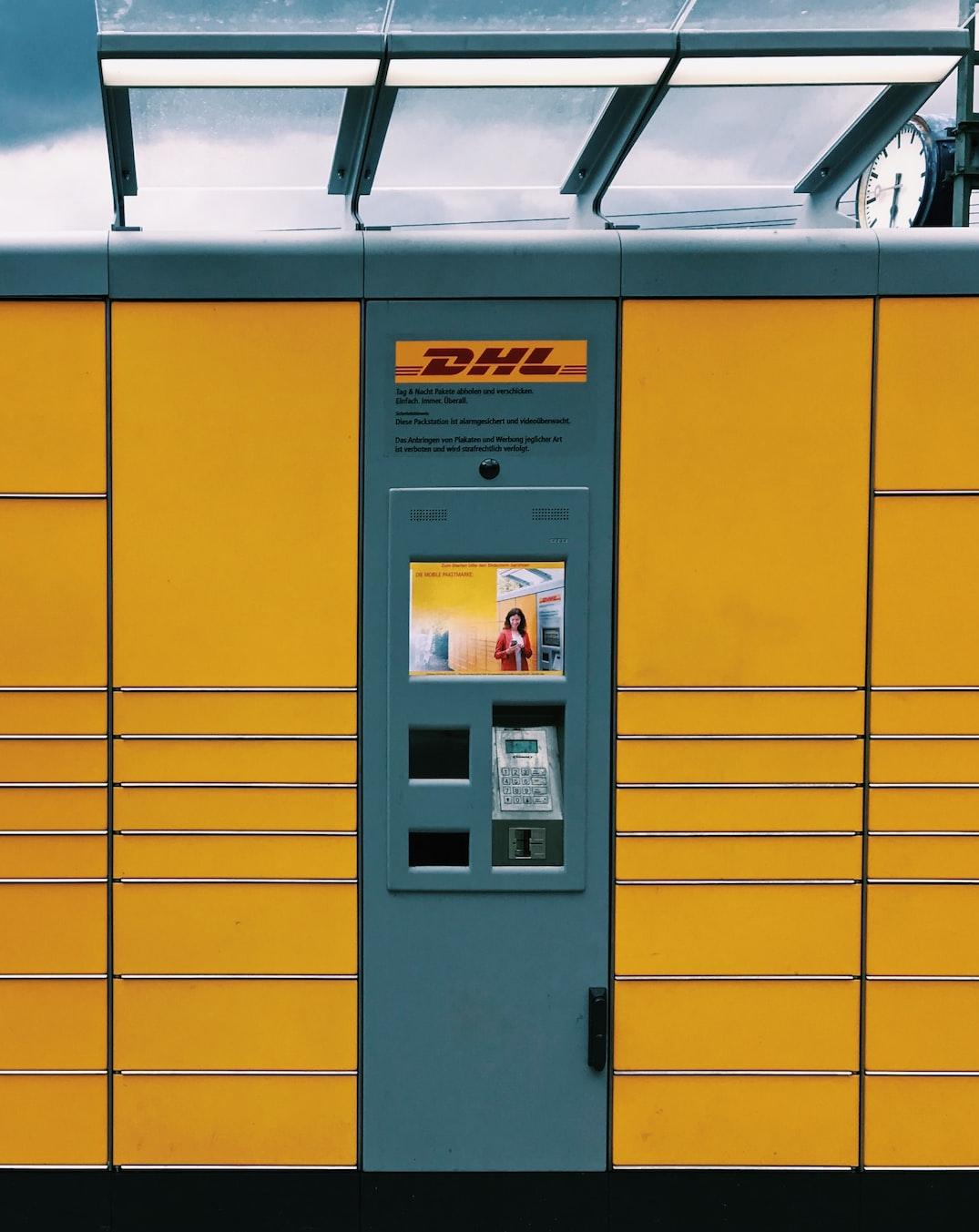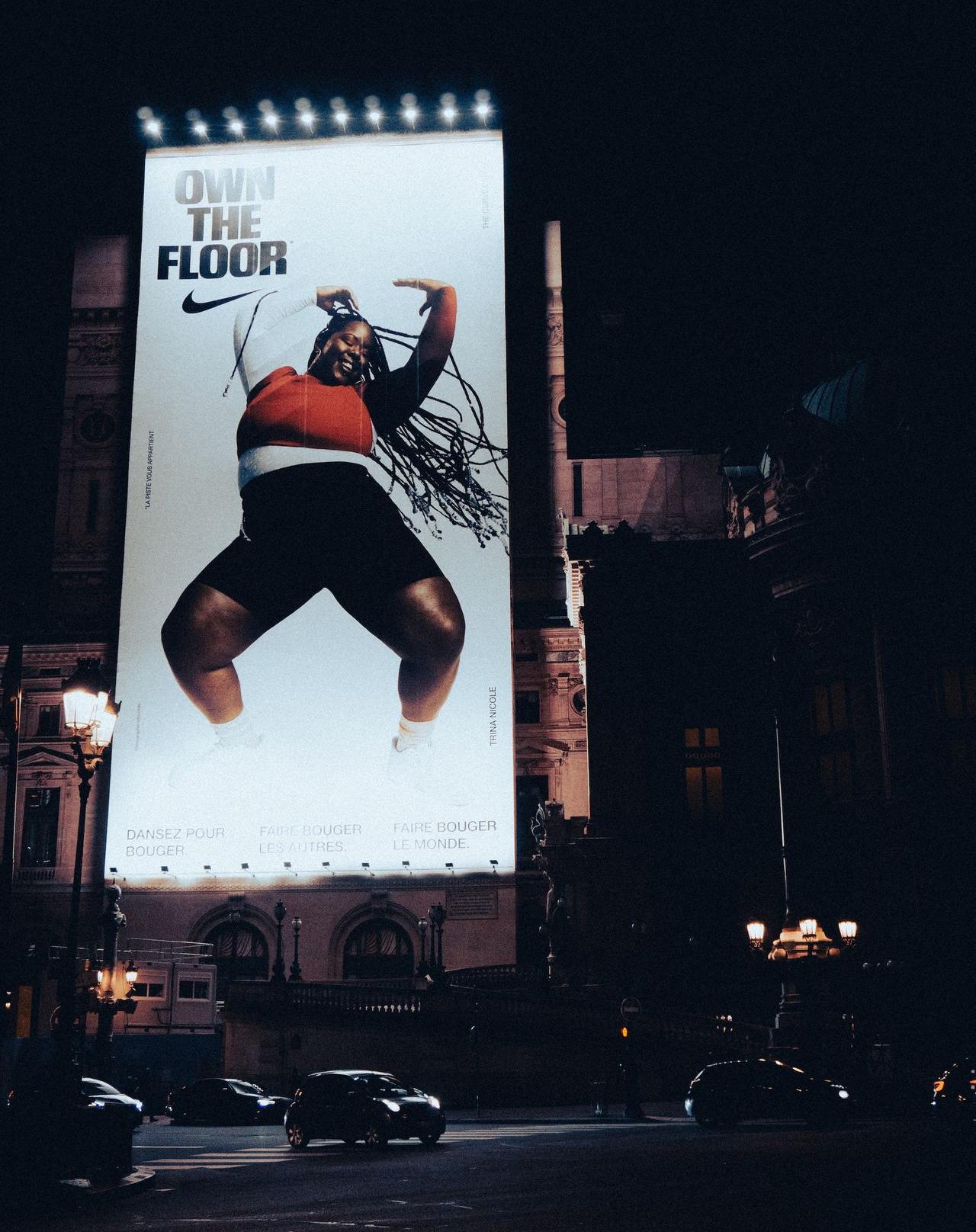Marketing research and user testing of non-game apps, interfaces, and everything forming the user experience of your Customers while interacting with your brand.
Leverage our vast expertise in improving the user experience in games that make users happy and fall in love - so can your app or website. With the help of competent research, your developers will receive all the necessary insights and recommendations for this.

Applications

Websites

Interfaces

Promo materials
What you can learn about your Customers
- how often, under what conditions target problems are faced,
- which substitutes/alternatives are used now and which have been tried before,
- which parameters of the current substitute/alternative were the most important when choosing,
- which tasks are not solved well enough and why,
- typical usage patterns/user stories,
- drivers, barriers, triggers (what motivates to use the most, what can prevent continued use, and under what conditions switching to anothersubstitute/alternative will occur),
- monetization terms and practices,
- vision of the ideal application/service by the target audience,
- necessary integrations with other services and applications,
- information channels and opinion leaders,
- ease of perception and memorization,
- subtleties of emotional reaction,
- distribution of visual attention,
- expectations from the application after viewing advertising materials
-
- promo videos and visuals,
- icons and names,
- video in app store,
- screenshots and description in the app store (purpose, functionality, target audience).
- desire to install the application at each stage of the marketing funnel.
- comparison of expectations from the application and the actual user experience, UX evaluation after the user session,
Ease and clarity of onboarding for new users, necessity or clarity and usefulness of the tutorial
- obviosity of controls logic,
- ease of memorization, getting used to, and convenience of controls,
- controls location convenience for the grip and orientation of the device in use,
- controls feedback,
- clarity of interface elements,
- ease of reading information,
- clarity of symbols,
- clarity and convenience menus structure,
- aesthetics of interface elements,
- desire to continue using after the first session,
- drivers and barriers to retention,
- perception of monetization (if any),
- evaluation of the first seven days' retention potential based on the level of desire to continue usage,
- evaluations of the key parameters of the application,
- drivers and barriers to user retention during the first week of use;
- in-app store evaluation
-
- ease of navigation,
- clarity of the purpose of in-app monetization options and the differences between them,
- attractiveness of in-app goods,
- convenience of purchase,
- expectations and impressions after the purchase
-
- experience of using the purchase and how it compares to expectations,
- level of satisfaction,
- desired changes in the characteristics of the product,
- perception of the optimal price for the product,
- price elasticity of demand,
- evaluation of monetization stimuli (relevance, clarity, timeliness and attractiveness of offers),
Choose the best among several options (up to 5) of the best prototype, control scheme, visual style, navigation, etc.
Define target audience: gender, age, interests, reference applications, and other parameters that allow you to clearly separate the target user from all others.
Differences between cohorts of users by:
- user experience,
- region,
- income,
- other parameters
Laboratory and in the wild
You will get an analysis of your users through research, studying certain subtleties of application perception both in real conditions in the wild (for example, in a store or gas station), and most deeply and comprehensively - in our well-equipped laboratory.
The laboratory equipment is mobile and allows for conducting research in different cities and locations.

With the help of laboratory equipment, more data collection tools can be used:
- Audio and Video recording of the user experience in parallel
-
- screencast from the user's device,
- hand grip, gestures and actions with the device,
- user's face,
- Audio and video recording of group discussions (focus groups),
- Eye tracking (registration of the eye gaze direction, i.e. attention distribution zones when interacting with interfaces or informational materials),
- EEG (electroencephalography, study of brain reactions when interacting with an application or promo materials).